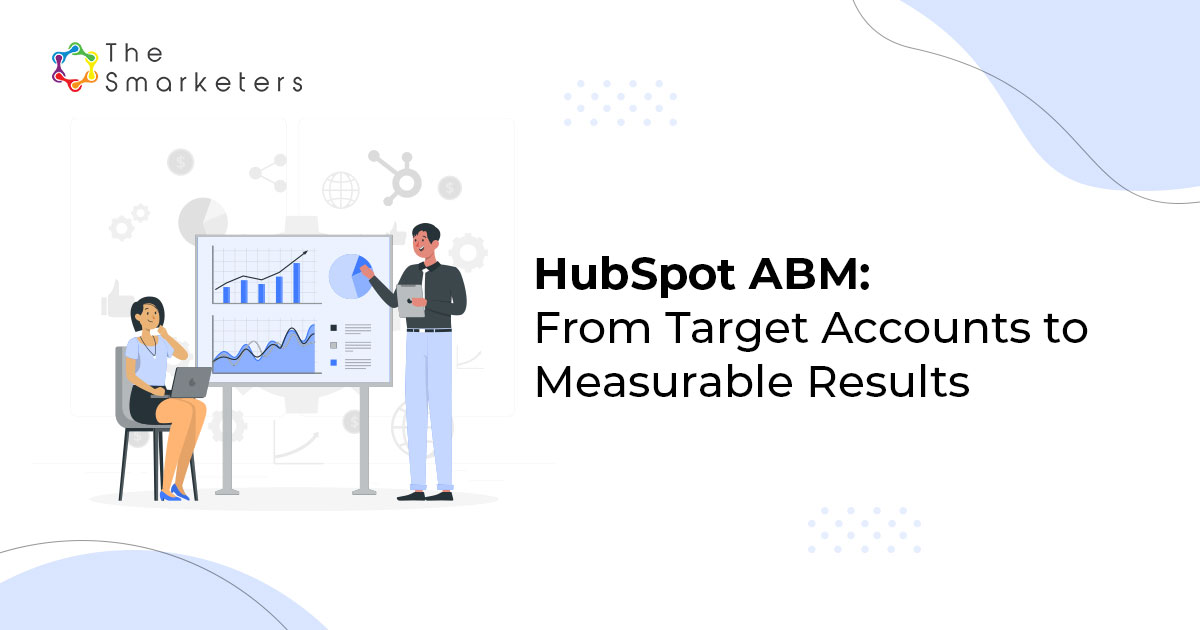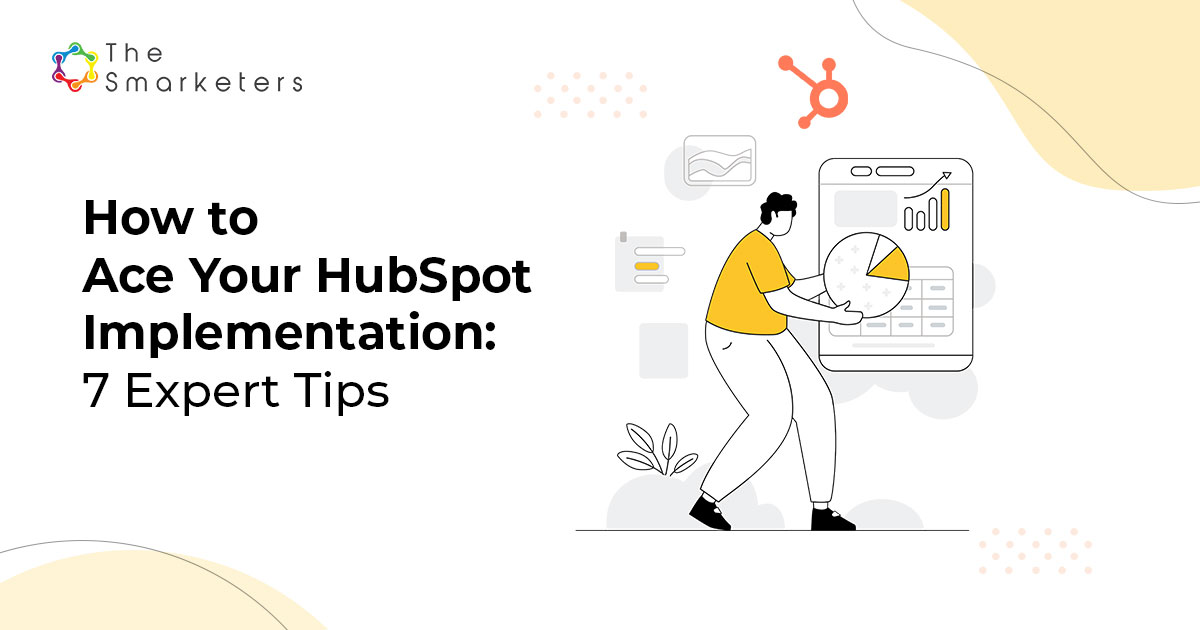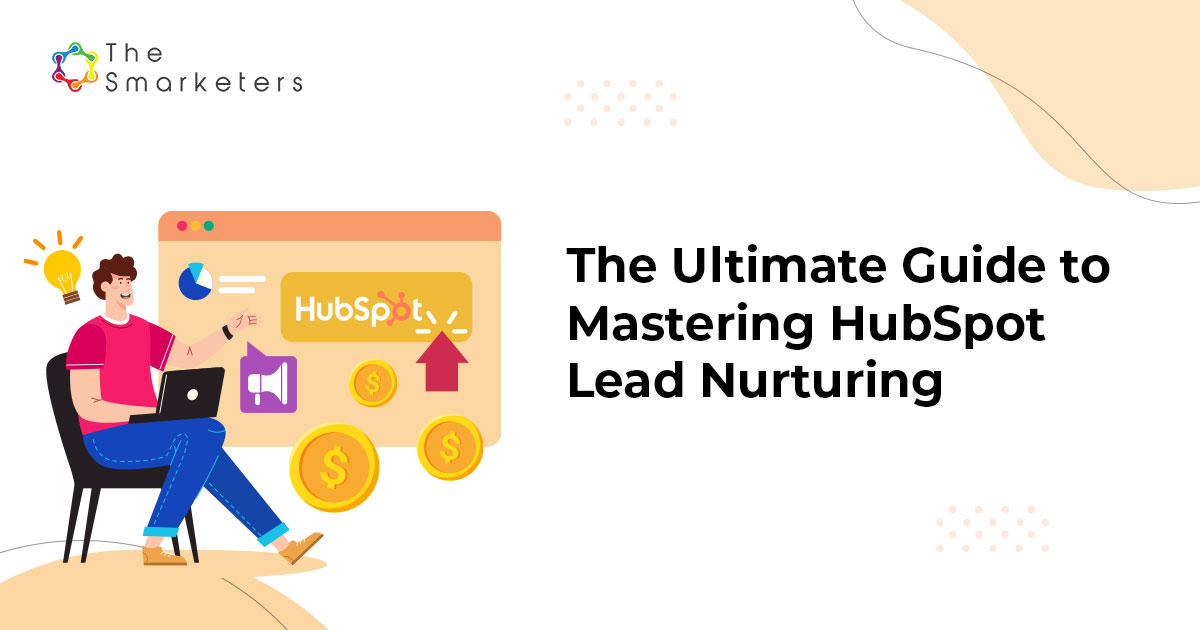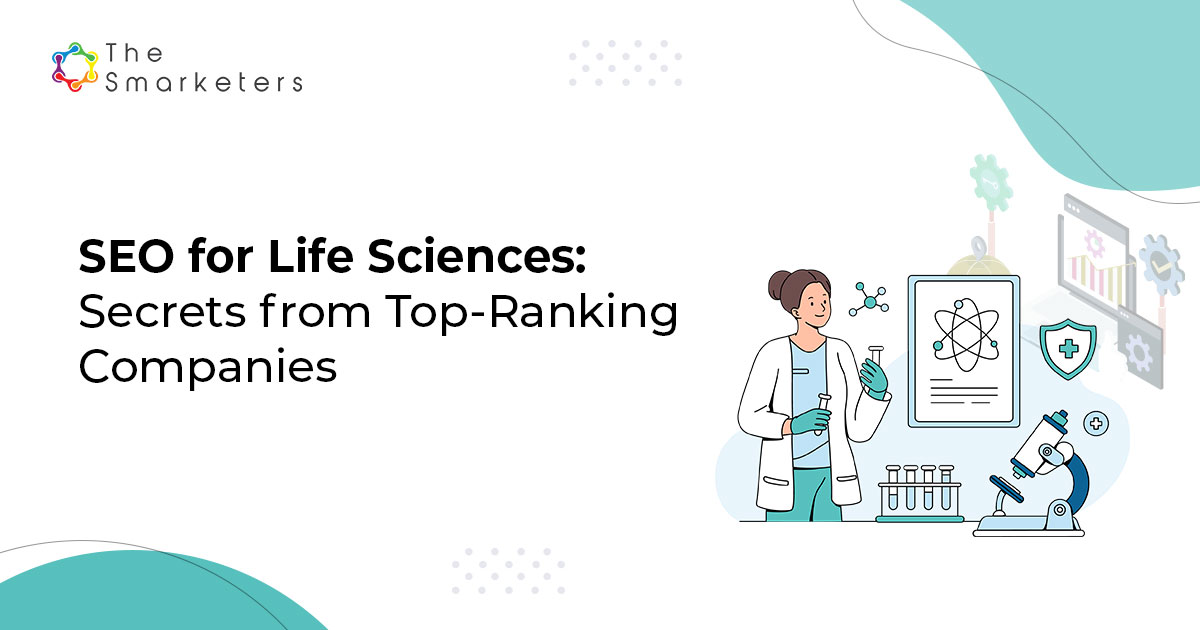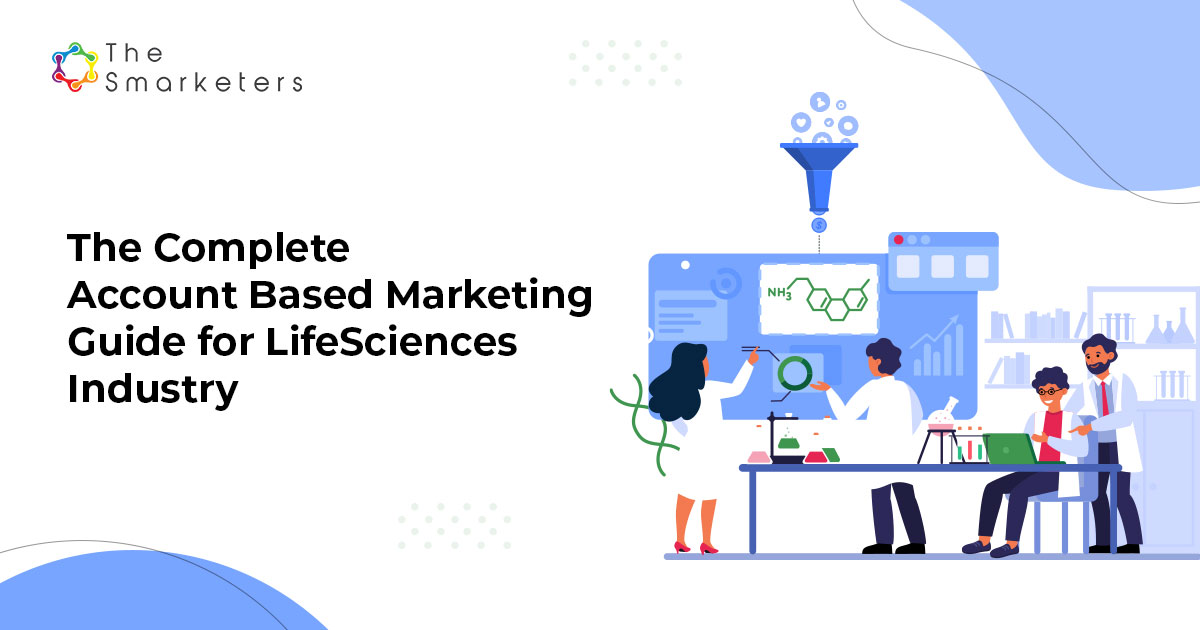Account-Based Marketing (ABM) is becoming the strongest chapter in B2B marketing. The positive connection between ABM activity and revenue results has been acknowledged by global research firms, marketers and organizations. However, ABM can produce the right results only when marketers invest energy and resources in selecting the right accounts. Account selection – from the identification of target accounts to the discovery of individual contacts – is the first and the most vital step of implementing Account-Based Marketing, making it one of the biggest pillars of a successful ABM program.
Why Account Selection Is Crucial
While mass marketing and traditional outreach methods are still relevant, the individualized approach of ABM helps marketers to extract better returns. The very core definition of ABM strategy is directing marketing and sales efforts towards key accounts through highly targeted personalized campaigns.
Therefore, identifying target accounts is an indispensable part of this strategic approach, as opposed to designing a standard campaign for all accounts. We have observed that marketers find great value in focusing on a few accounts and it is one of the biggest reasons why they lean towards Account-Based Marketing.
Forrester pointed out, “As ABM matures, marketers are choosing to focus on fewer accounts: 56% say they actively target 99 or fewer ABM accounts, compared to 47% who said the same in 2018… Most marketers adopted ABM to deepen relationships and expand business with existing customer accounts . . . or to pursue a few, high-value, net-new accounts.”
Identifying Key Accounts
The two primary goals of this exercise are:
- Identifying target accounts (best fit) by segregating existing clients into different tiers in order to increase average order value, upsell, cross-sell, improve engagement and build a long-term relationship
- Identify potential key accounts (best fits) by mining customer database, discovering hidden buyers and looking at competitors’ customers in order to turn them into your customers, and expand into new markets
Marketers do that by creating an ideal customer profile (ICP) with the help of static and dynamic metrics.
These metrics that help ABM marketers to create ICP are:
- Firmographics – These are attributes of an organization, which are used to assess them and aggregate them into market segments. Firmographics include features such as industry, company size, annual revenue, location and company structure. Besides segmentation, firmographics enables marketers to draw up messaging that is distinct and consistent
- Technographics – This metric reviews essential technologies and tools that the B2B buyers use. It helps to understand the level of technology adoption at the buyers’ end and use that knowledge to improve the sales pitches. Marketers can gain insight into their target accounts’ existing tech stack like what kind of hardware and software the target organization uses
- Buyer Personas – This is a combination of demographic and technographic attributes of organizational buyers across the company hierarchy. It describes the qualities of people who are involved in the decision-making process across all levels. Right from their job title, function, seniority level, and income to the stage of technology adoption, pain points and challenges, it reveals important information regarding a B2B buyer’s personality. This helps to develop an engaging targeted prospecting strategy
The ICP comes to the surface when the important data points from the above-mentioned metrics are meticulously scrutinized and seamlessly combined. Many Account-based Marketing Agencies hand-pick best-fit accounts and use data & predictive analytics to find the right target contacts at the target accounts. The best fits – target accounts – are a 100% match when placed next to the ICP. As the percentage drops down, the accounts drop down from tier 1 to tier 2, tier 3 and so forth.
 How to Tier Your Key Target Accounts
How to Tier Your Key Target Accounts
After you have created the ICP and identified target accounts that you would like to engage with, it is time to divide these accounts into different groups. Arranging accounts into tiers is important, as it allows marketers and sales representatives to personalize the marketing campaigns and sales pitches. It also helps to prioritize high-value clients, avoid overburdening the resources, maintain the strength & relevance of the messaging at each tier and most importantly, stick to your ABM budget.
As per our experience, for most B2B companies a three-tier system works well. But owing to the adaptive nature of ABM, more tiers can be added to suit the needs of different organizations.
Here’s what a standard three-tier system looks like:
- Tier 1 – These are your key target accounts – the ones that match the ICP perfectly and are your highest value customers. The power and capabilities of a well-crafted ABM program are demonstrated at this tier. Be it customized account strategies, personalized content, tailor-made campaigns, or direct engagement, everything is heavy-research based
- Tier 2 – Target accounts that strongly match the ICP but have low customer lifetime value (CLV) compared to tier 1, are listed here. These accounts receive individual research, but the content is produced and personalized at the industry level with a few customizations, as opposed to completely personalized content for each account. However, time and resources are optimally utilized to gain insights into target accounts and key people at the target accounts
- Tier 3 – This section caters to accounts that don’t fit all ICP criteria, but tick enough boxes to offer value. Marketers rely on traditional marketing with account-level targeting tactics to connect with these accounts due to the lack of resources to plan a personalized strategy. A hybrid of ABM and demand generation marketing is an ideal tactic to engage with tier 3 target accounts
The remaining qualified but non-target accounts and qualified but not interested target accounts that match ICP become a part of the Marketing Qualified Account (MQA) tier.
Getting ABM Account Selection Right
The art and science of mindful account selection would help you lay a strong foundation for your ABM program. Strengthen this foundation even further by mindfully allocating your resources, based on the priority level. ABM, in its truest form, comes alive at tier 1. But it is advisable to leave reasonable space (not even/equal space) in the ABM budget for other tiers of your target accounts. Therefore, invest in resources that will allow you to generate the maximum value from your ABM program while staying within your budget and seeking assistance and support whenever needed.




